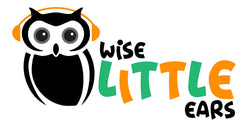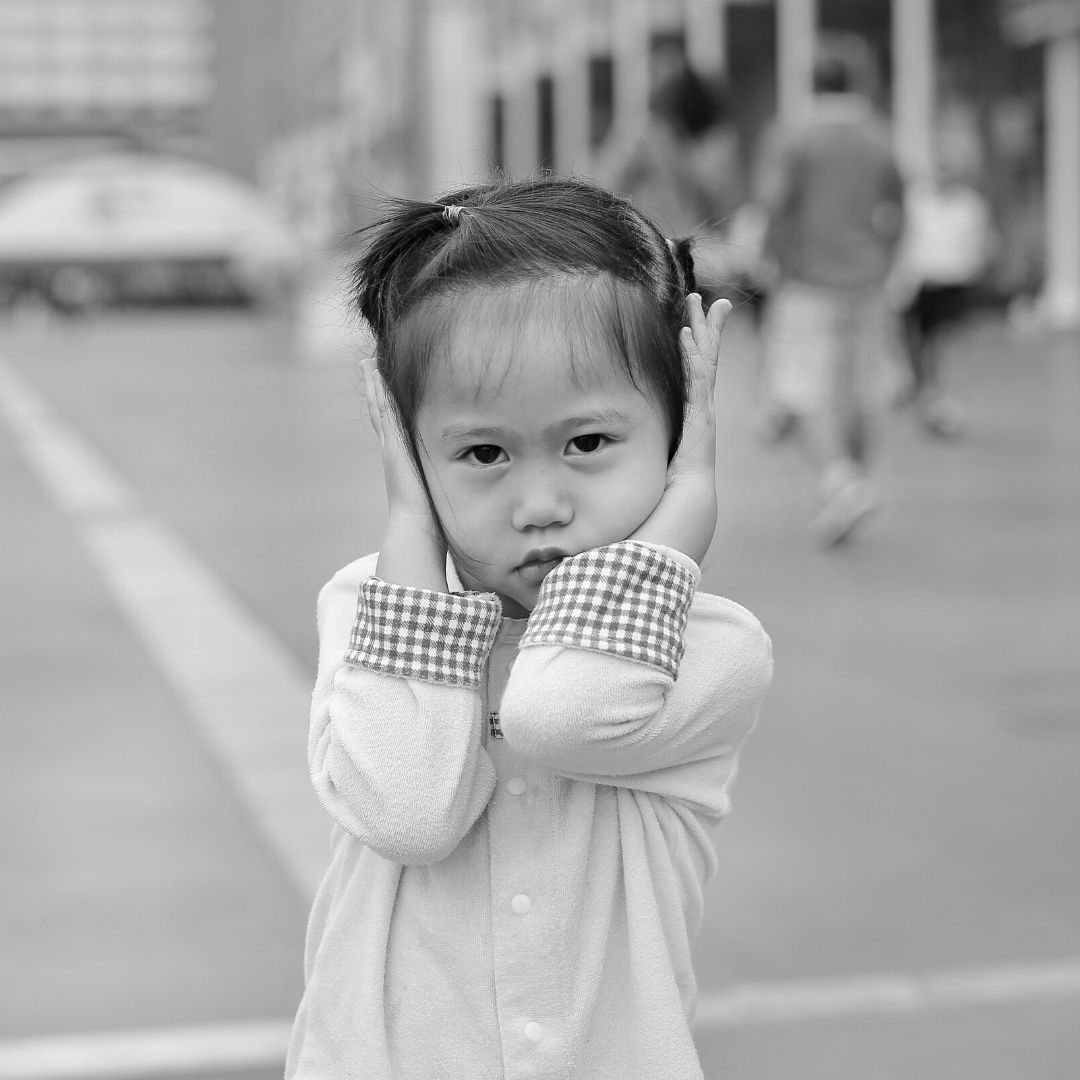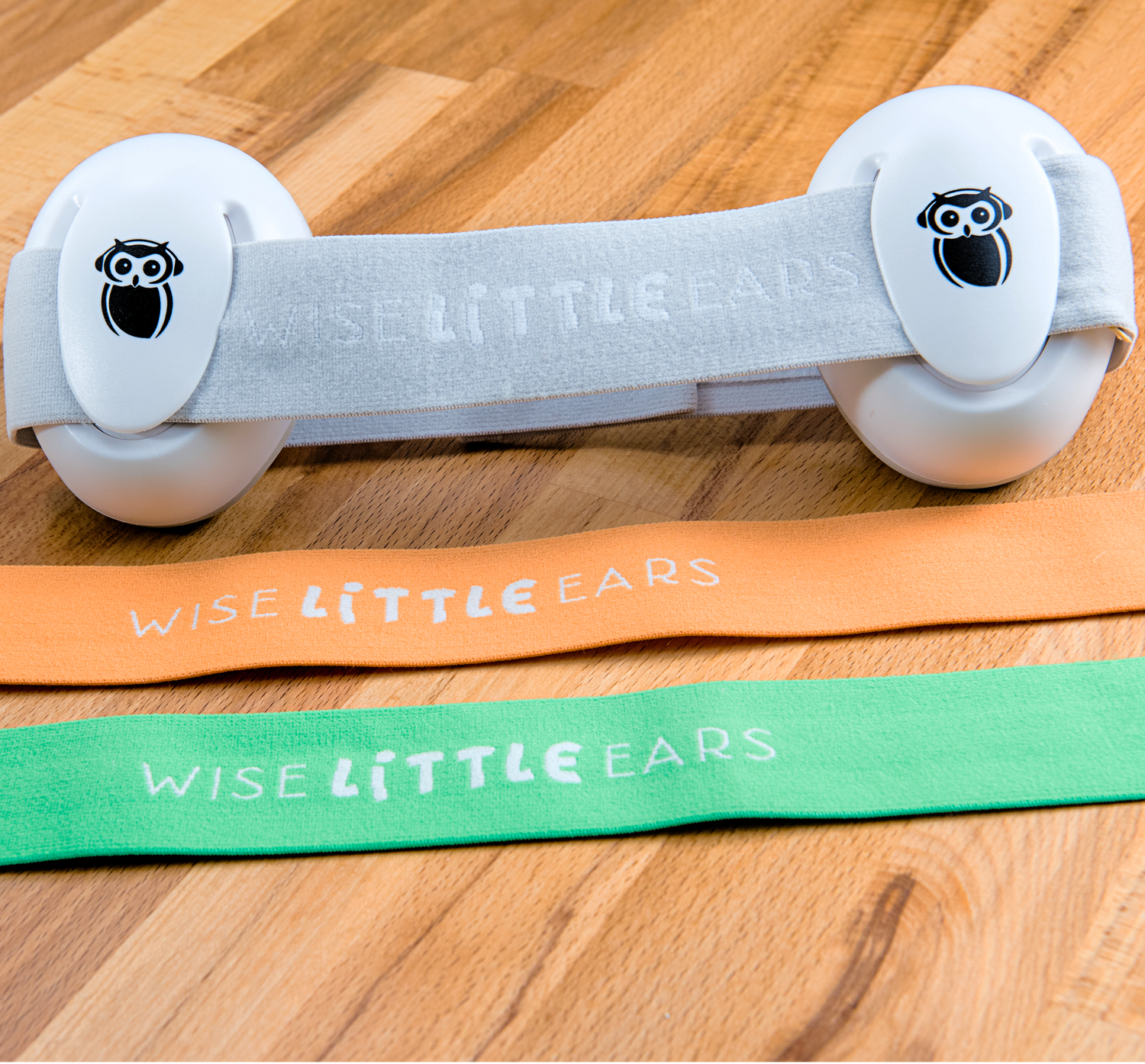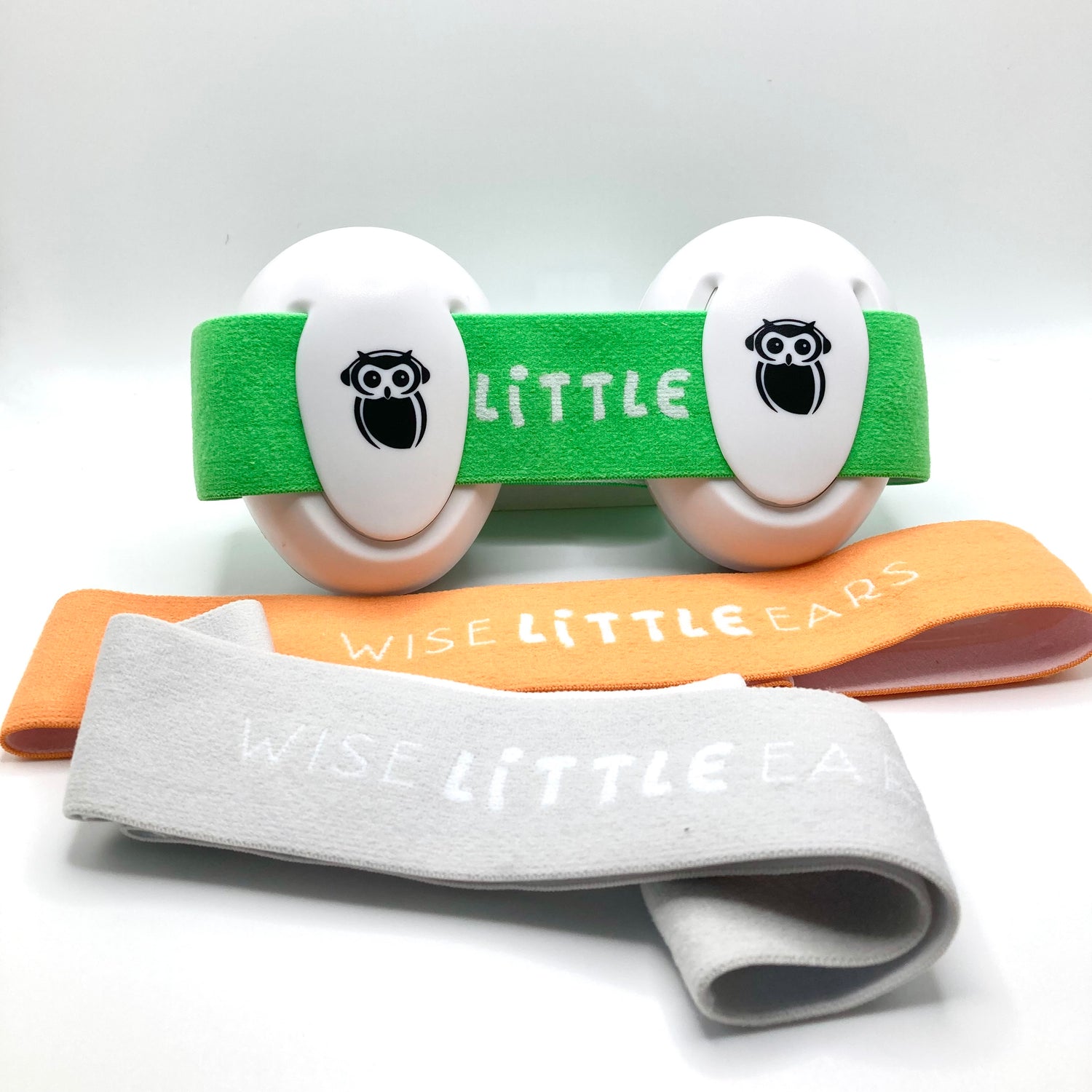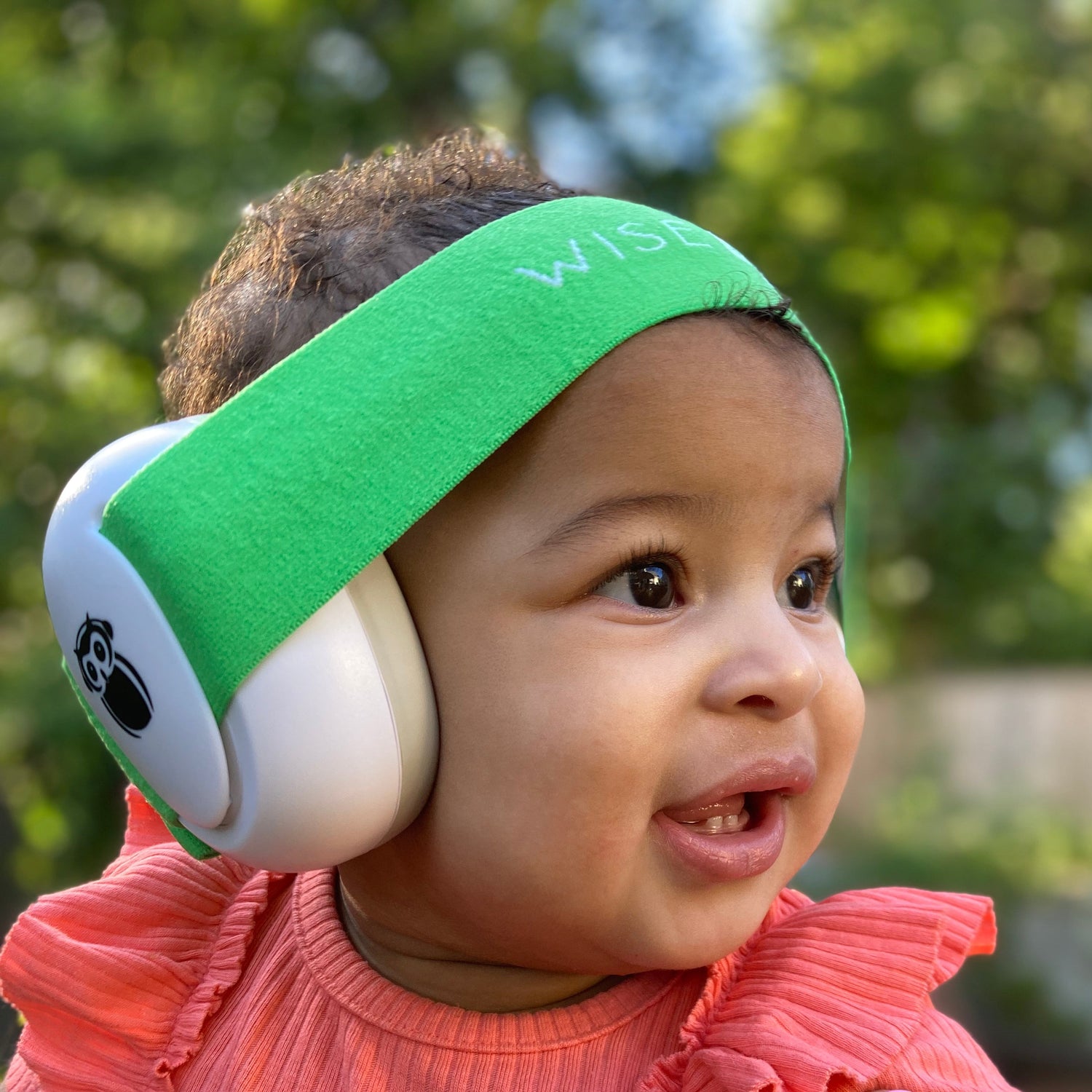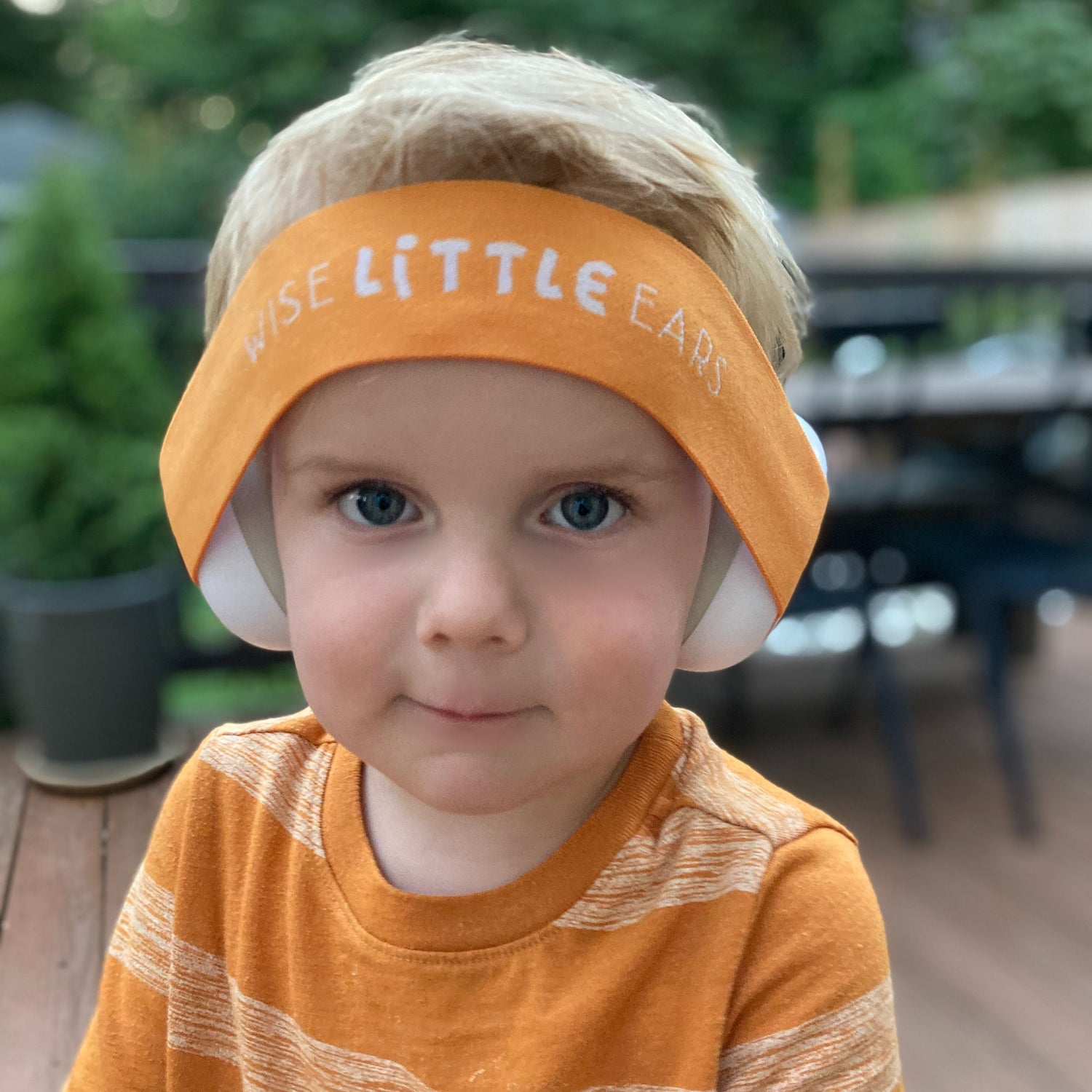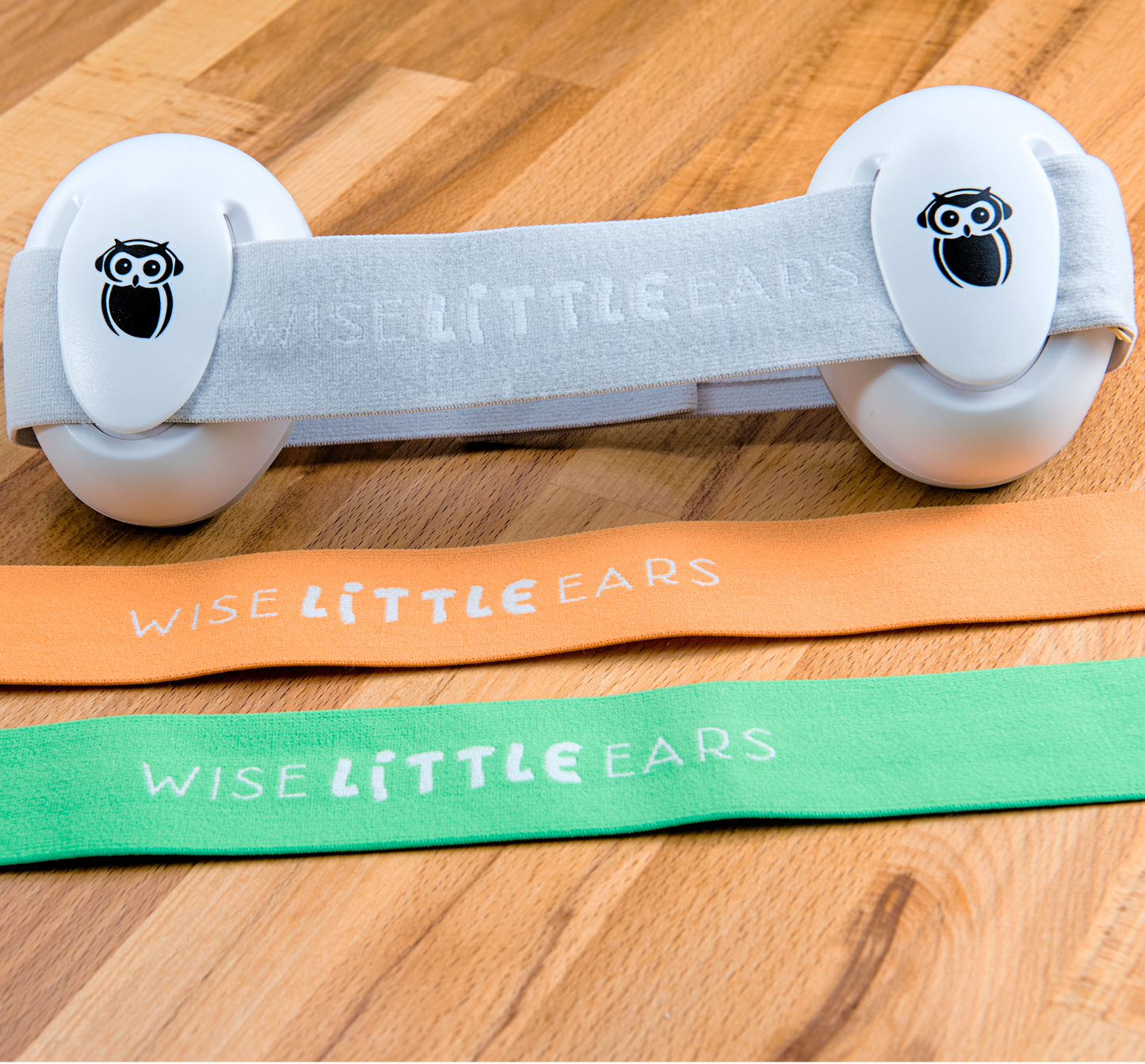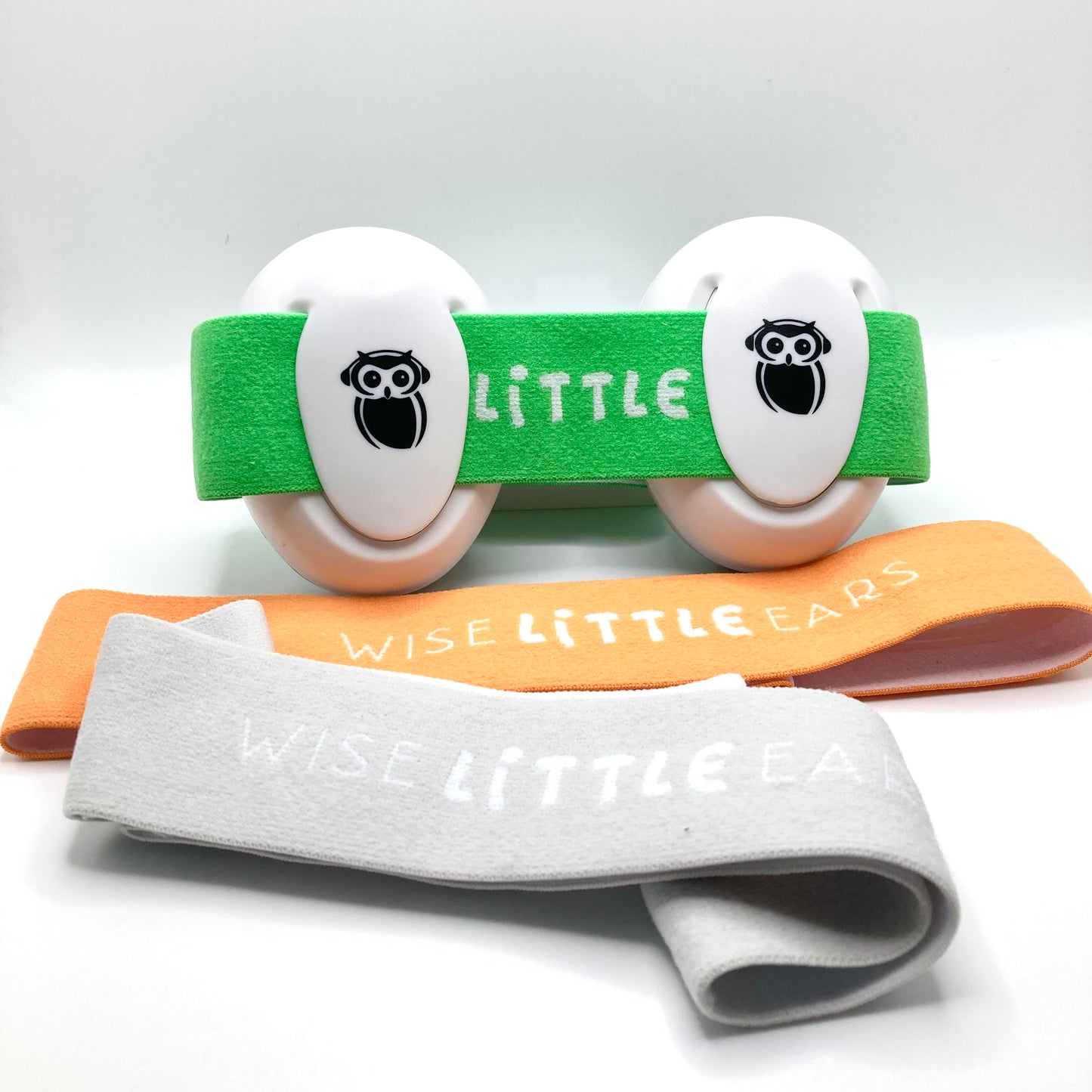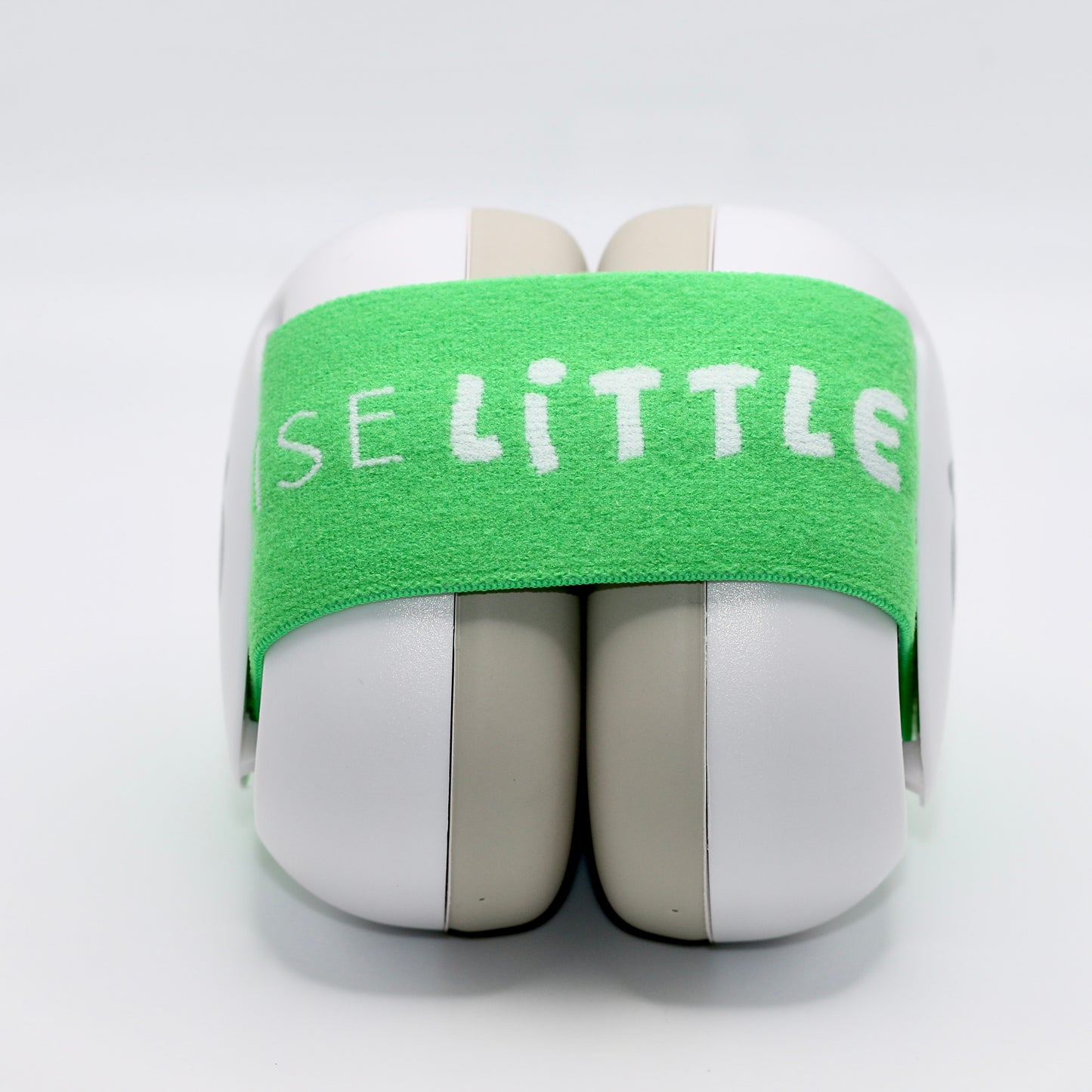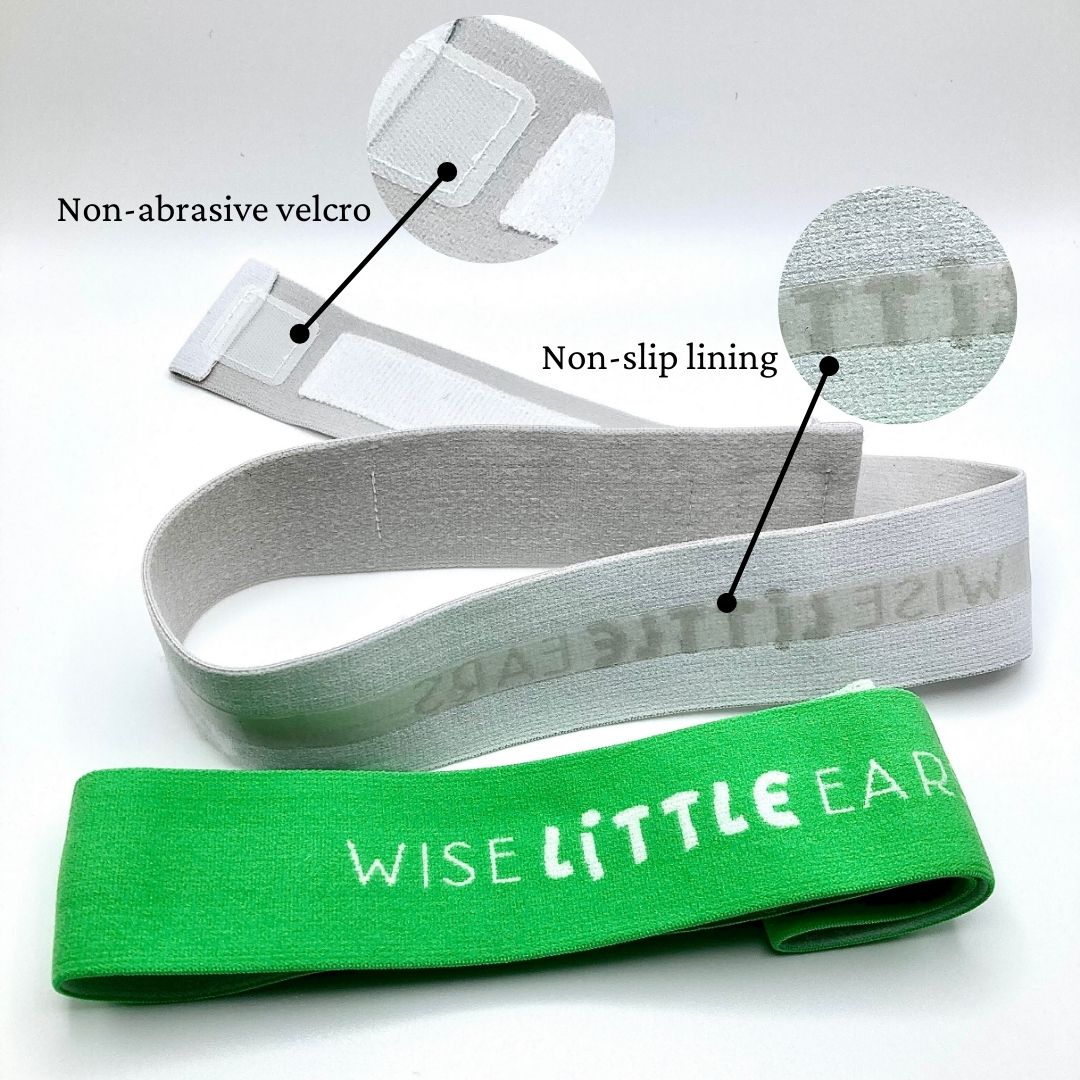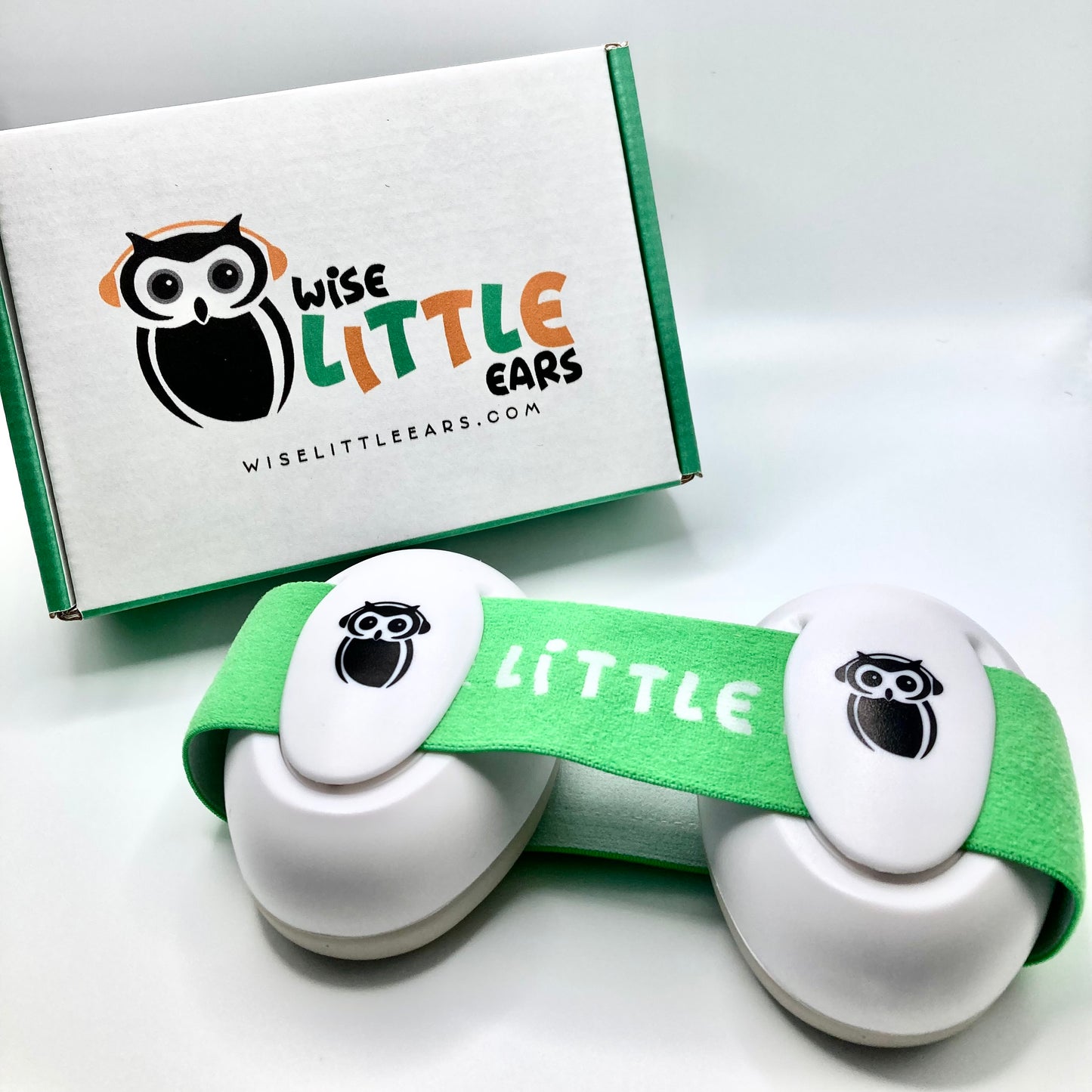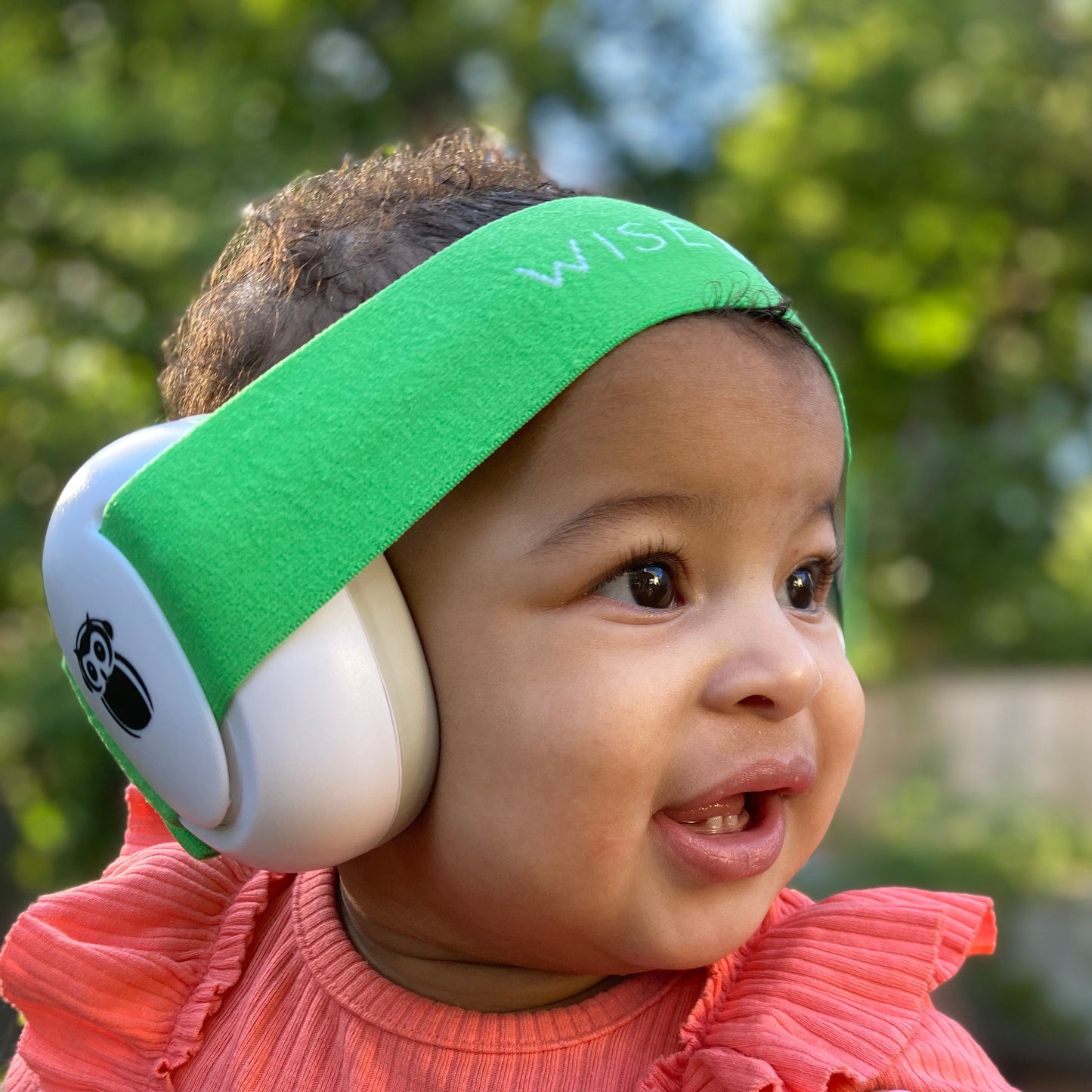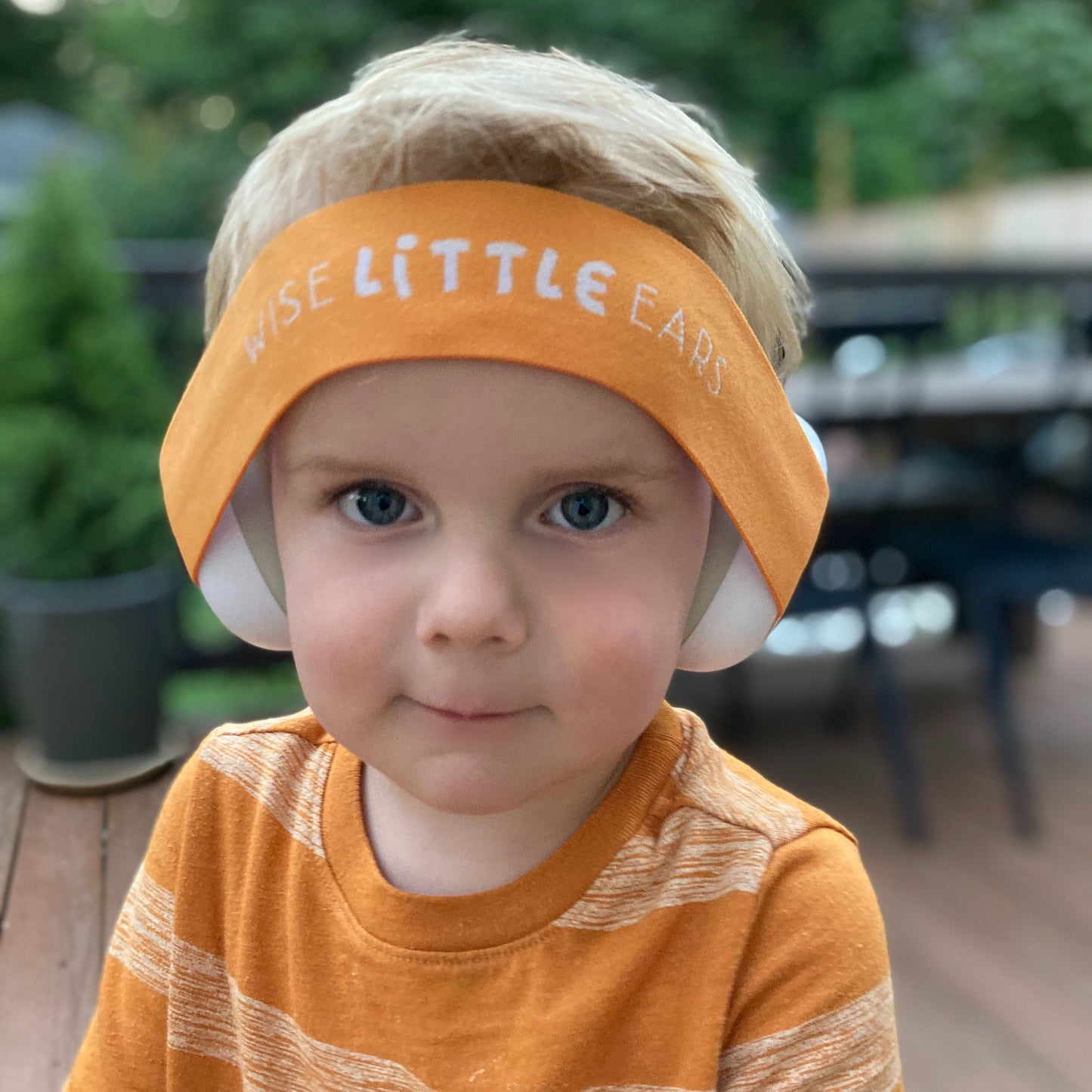It’s a common question, “Can the hand dryers in public bathrooms hurt my child’s hearing?” The short answer is Yes. Any loud sound or event, over a period of time, can cause noise-induced hearing loss (NIHL). But there are factors to consider when judging what is and is not safe, and many ways to protect your child’s hearing if you know How Loud is Too Loud for How Long.
Your child is continuously navigating sounds in their environment. The good news is that children are very good at knowing what is too loud. The bad news is that the world around us is increasingly dismissive of these natural cues, and as a result, children have become more exposed to noise-induced hearing loss. So how loud is too loud and what can you do as a parent or caregiver to protect your child from NIHL?
First let’s talk about noise-induced hearing loss.
What is it and how could it impact my child? NIHL occurs when tiny hair cells inside the ear are irreparably damaged. This can happen over time from exposure to long-term noise, or it can happen from a single event, such as an explosion. NIHL is cumulative, meaning that each event or exposure adds to previous hearing loss and makes the condition worse. Noise-induced hearing loss is permanent because the tiny hairs in our ears do not grow back. But it is also 100% preventable, so it is up to parents and caregivers to understand how loud is too loud for how long, and what strategies to use to protect your child’s hearing.
When deciding what is and is not safe for childhood hearing, we look at two factors: How Loud, meaning the decibel level that is produced and How Long, meaning the amount of time a child will be exposed to that decibel level. Together, these two factors determine what is and is not safe for your child’s hearing. This free, printable chart is helpful in understanding how these two factors intersect to determine safe hearing conditions.
How Loud
Decibels are the measurement used to evaluate sound. In general, any sound at or above 85 decibels is a cause for concern. Common events where a child might experience elevated decibel levels that are beyond what would be considered safe are: fireworks displays, train watching, fire station tours when sirens or alarms are activated, concerts, loud sporting events and yes, drying their hands in a public restroom.But that doesn’t necessary mean that these events need to be avoided entirely, it just means that a mitigation strategy might be necessary. Enter How Long:
How Long
Let’s look at a music concert for example. A loud indoor concert can produce a decibel level of 110, which is significantly over the threshold for hearing safety. But all things are not equal when it comes to protecting your child’s hearing. Unlike an air show featuring fighter jets, the noise from a concert is not normally capable of damaging your child’s hearing in just seconds. It is considered safe for children to be exposed to this level of noise for 1-2 minutes. Although concerts rarely only last 1-2minutes, you can use any of these strategies to lessen the impact of the noise:-
give your child breaks from the sound by taking them away from the event for short periods of time,
-
distance yourself from the loudest part of the concert and verify a reduction in the noise level with a decibel app,
-
and most conveniently, protect your child’s hearing with hearing protection specifically designed for children to reduce the decibel level entering your child’s ears.
For more information on How Loud is Too Loud for How Long, and what you can do as a parent or caregiver to protect your child’s hearing, visit our course page and follow along on Instagram to stay informed.
Happy hearing! Lara and Mabel | Wise Little
